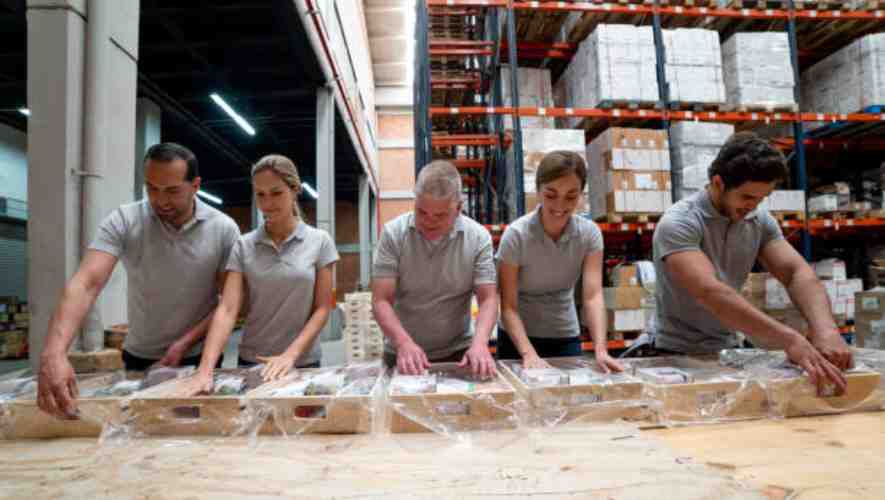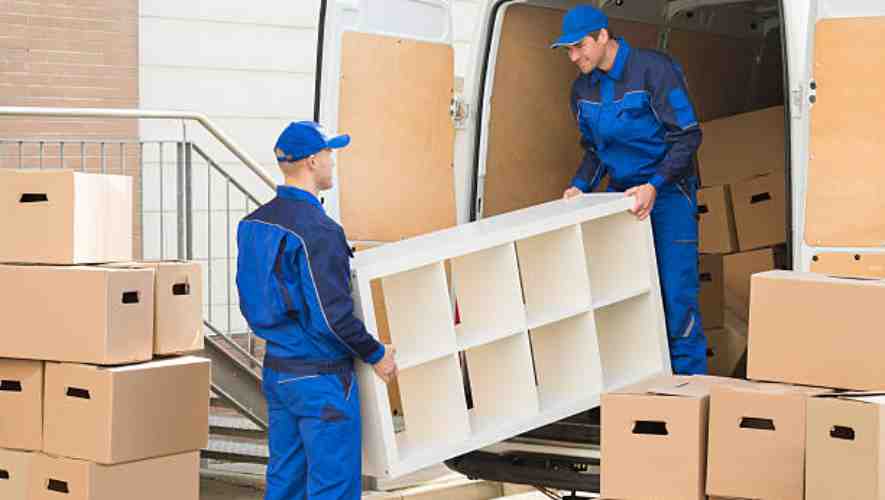You’re on the verge of a new chapter, maybe starting a fresh job, embracing a different lifestyle, or simply seeking a change of scenery. Whatever your reason, the process of moving can be as daunting as it is exciting. You’re not just packing items; you’re preparing to transition your entire life from one place to another. It’s a journey that requires careful planning, organisation, and a touch of foresight.
What Needs to Be Done When Moving? When moving, remember it’s not just about boxing up your belongings. It’s about ensuring a seamless transition to your new home. This involves organising, decluttering, notifying essential parties, and managing logistics meticulously. Get ready for a stress-free move with a clear plan and the right mindset.
As you navigate through this post, you’ll discover not just a checklist of tasks, but a roadmap to a hassle-free relocation. From the hidden intricacies of packing to the final touches of setting up your new abode, we’ve got you covered. So, take a deep breath and let’s embark on this moving journey together, making sure you step into your new home with ease and confidence.
Done Packing and Supplies When Moving

Moving can be a daunting task, but with the right approach to packing and supplies, it becomes much more manageable. Ensuring you have all the necessary materials in advance is key.
This includes sturdy boxes, packing tape, bubble wrap, and labelling tools. Investing in quality supplies not only protects your belongings but also streamlines the unpacking process at your new destination.
Gathering Supplies
The first step in a successful move is gathering all the necessary supplies. Start by estimating the number and sizes of boxes you’ll need based on the items you have. Remember to include specialty containers for items like dishes or wardrobe boxes for clothing. Procure enough packing tape, bubble wrap, or packing paper to safeguard your items, and don’t forget markers for labelling each box with its contents and designated room in the new home.
Systematic Packing
Systematic packing involves more than just filling boxes. It’s about organising your belongings in a way that makes unpacking easier. Begin by packing items you use less frequently, and clearly label each box with its contents and the room it belongs in.
It’s helpful to create an inventory list of your boxes and their contents. This systematic approach not only keeps you organised but also helps in locating items quickly in your new home.
Special Care Items
Certain items require special attention during a move. These include fragile items, electronics, and important documents. Wrap fragile items individually in bubble wrap and secure them in sturdy, well-padded boxes.
Electronics should be packed in their original boxes if possible, or in boxes that fit them snugly, with plenty of padding. Keep important documents like passports, house deeds, and wills with you during the move for added security.
Preparing an Essentials Box
An essentials box is crucial for a smooth transition to your new home. This box should contain items you’ll need immediately upon arrival, like toiletries, a change of clothes, basic tools, and chargers for electronic devices.
Don’t forget snacks, bottled water, and a first aid kit. Having this box easily accessible will provide you with immediate comfort and functionality in your new space, before you start the major unpacking.
The Moving Process

Moving to a new home or office is a significant life event that involves a series of detailed tasks and careful planning. It begins with deciding what to take along, what to sell, donate or discard, and organising belongings for packing.
The process requires a clear timeline, including setting a moving date and arranging for services like movers or rental trucks. Additionally, it’s important to inform relevant parties such as utility companies, postal services, and banks about the address change to ensure a smooth transition.
Final Preparations
In the final stages before moving, it is crucial to complete all packing, ensuring that items are securely boxed and labelled by room and fragility. This is also the time to prepare an “essentials” box, containing items you’ll need immediately upon arrival at your new location, like toiletries, snacks, and basic tools.
Confirming the details with your moving company or truck rental a few days before the move can prevent last-minute surprises. Lastly, ensure that important documents, valuables, and essentials are kept in a safe and easily accessible place.
Moving Day Logistics
On moving day, it’s essential to have a clear plan. This includes ensuring that the path from your home to the moving truck is clear and safe for movers. If you’re using a moving service, it’s helpful to be present to oversee the loading and provide specific instructions as needed.
Keeping a checklist of items as they are loaded onto the truck can help in tracking your belongings. It’s also important to leave your old place clean and to do a final walkthrough to ensure nothing is left behind.
Transportation
The transportation phase is critical and depends on the distance and size of the move. If you’re moving long-distance, make sure your belongings are secured inside the truck to prevent shifting and damage.
For self-moves, driving the rental truck safely should be a priority, taking regular breaks and driving cautiously. In cases of professional movers, it’s advisable to have a clear understanding of the delivery timeline, tracking options, and a point of contact for updates during transit.
Arrival and Unloading
Upon arrival at your new location, the first step is to supervise the unloading process,
directing movers to the correct rooms and checking off items from your inventory list. It’s important to inspect furniture and boxes for any damages immediately and report them to the moving company if necessary. Unpacking essentials and setting up critical areas like the bedroom and bathroom can make the first night more comfortable. Finally, take some time to familiarise yourself with the new environment and start settling in.
Settling into the New Home When Moving

Moving to a new home is an exhilarating yet daunting task. It’s a fresh start, offering a blank canvas to create new memories. The key to a seamless transition lies in strategic planning and organisation.
Begin by familiarising yourself with the layout, identifying the essential spaces, and visualising your daily routine in this new environment. This initial acclimatisation sets the tone for a comfortable and welcoming home life.
Initial Unpacking
The first step in making your new house feel like home is unpacking. Prioritise essential items such as bedding, toiletries, and kitchenware to quickly establish functionality in your space.
Create a systematic approach to unpacking, room by room, to avoid feeling overwhelmed. This phase is not just about unboxing but also about deciding what goes where, ensuring each item finds its rightful place in your new abode.
Home Setup
Once the initial unpacking is done, it’s time to delve into the finer details of home setup. This involves arranging furniture, hanging art, and setting up electronics and appliances. Aim for a balance between aesthetics and practicality, ensuring your home is both inviting and efficient.
Don’t rush this process; take your time to experiment with different layouts and decorations to discover what feels right for you and your family.
Address Changes and Notifications
An often overlooked yet crucial aspect of moving is updating your address. It’s important to notify relevant parties such as banks, employers, and subscription services of your new location.
Additionally, updating your address with the postal service ensures that your mail is correctly redirected. This step is not just about logistical convenience but also about maintaining continuity in your personal and professional life.
Community Integration
Finally, integrating into your new community is vital for establishing a sense of belonging. Explore your neighbourhood, meet your neighbours, and discover local amenities like parks, schools, and shops.
Engaging in community events and joining local groups or clubs can be great ways to build connections. Remember, forming meaningful relationships within your community can transform a house into a home.
Conclusion
A successful move is more than just transporting items; it’s about transitioning your life smoothly. By decluttering, organising, and planning every step, you can turn this daunting task into an adventure of a fresh start.
As you close this chapter and prepare to start a new one, remember that moving is not just about getting from point A to point B. It’s a journey that, when done right, can be as refreshing as it is transformative. So, take these tips, tailor them to your unique situation, and pave the way for a smooth and stress-free move. Here’s to new beginnings, and may your new home be filled with joy, peace, and memorable moments!


